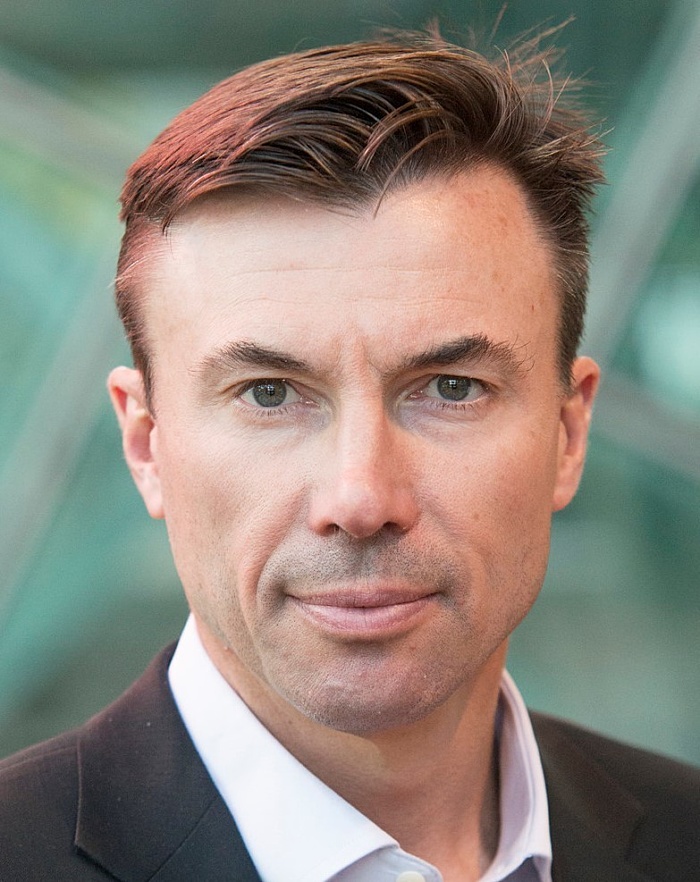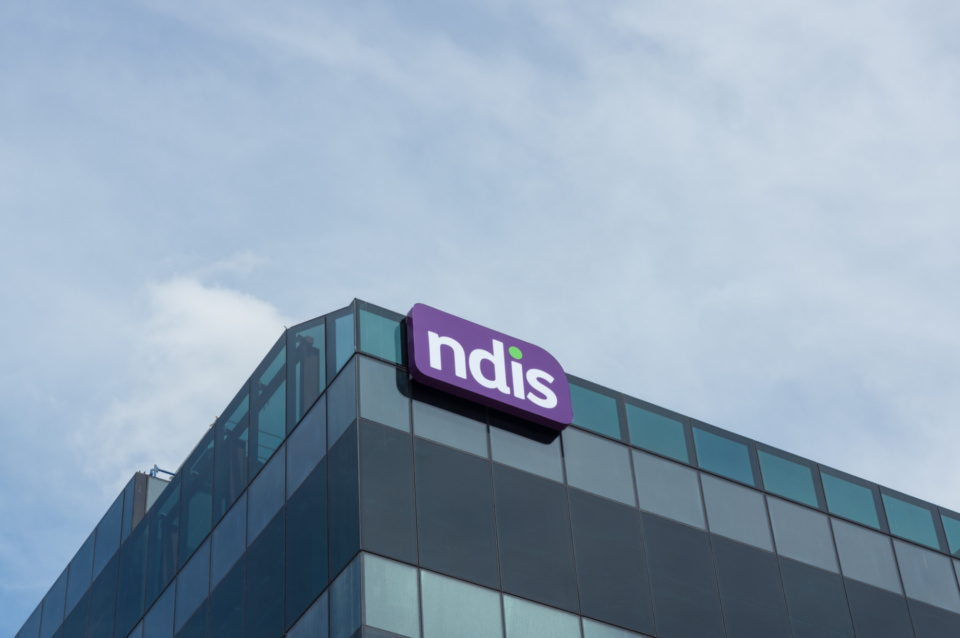
One in a million: What refugee journeys teach us about how Australia sees itself
Posted on 16 Dec 2025
As Australia prepares to welcome its one millionth refugee, human rights advocate and former…
Posted on 06 Nov 2023
By Paul Ronalds

The world’s problems are big and getting bigger, and it’s time that philanthropic funders followed the smart money working to solve them.
The triple threat of the climate crisis, conflict, and covid-19 have reversed decades of improvement in education, health, and equality for millions – stalling progress on the United Nations sustainable development goals (SDGs), the globally agreed set of 17 goals signed by all 193 UN member countries to transform our world.
Before the pandemic, there was an estimated US$2.5 trillion gap in annual funding needed to achieve the SDGs. This gap has now grown to an estimated US$3.1 trillion per year.
At Save the Children, the average grant or philanthropic gift provides just 18 months of funding. Anyone involved in innovation knows that 18 months is woefully inadequate to take an idea and scale it to a stage where it’s achieving real impact. Most innovation is an “overnight success” only after 10 years of hard work.
The world’s leaders have just met at the UN in New York to agree to actions aimed at speeding up progress on the SDGs.
It is therefore a good time to ask: How do we unleash more funding for lifesaving social innovation?
There is an untapped source of funding in Australia and overseas that could be used for immeasurable good. And it continues to grow each year.
There is today a proliferation of private ancillary funds (PAFs) and public ancillary funds (PuAFs) in Australia. Since 2000–01, the number of PAFs alone has increased on average by around 100 per year – or 6.7% per year, reaching 2,060 by June 2022.
These funds, which are set up for charitable purposes, provide an immediate tax deduction but allow the donated funds to be dispersed over a longer period.

PAF’s are required only to donate 5% to a “charitable purpose” each year (just 4% in the case of PuAFs). The remainder can be invested elsewhere – although revenue from investments must ultimately go to a charitable purpose.
Net assets of PAFs and PuAFs in Australia have grown strongly and reached $11.5 billion by 2019–20, according to Philanthropy Australia’s 2022 report Giving Trends and Opportunities.
Yet annual distributions for 2019–20, while up on previous years, were only $870 million.
Given that social impact funds can provide a commercial return, there is an opportunity for PAFs and PuAFs to use their capital much more effectively, significantly boosting their impact.
And are charitable funds really achieving their social goals if they allocate only 5% to a community good and invest the rest in bonds or the stock market, with some of that investment possibly in companies that cause social or environmental harm?
This is not just an Australian problem.
Assets in US and UK equivalent donor advised funds (DAFs) were estimated at US$234 billion and £2.2 billion respectively in 2021, yet US-based DAF payouts to charities or other DAFs that year amounted to just US$46 billion.
The payouts by UK-based DAFs were better, at 24% in 2021, but down from 26% the previous year – meaning their net assets grew 20% over the year.
If philanthropists and NGOs are serious about achieving the SDGs, we need to both unlock significant new sources of funding and be more innovative with the money we already have.
Of course, we need governments to properly fund domestic social programs and provide their fair share of international aid.
However, funding innovation at scale must also come from the private sector, and we have shown that funding innovation can work.
"The challenges we face are too dire and too urgent for us not to use all of our resources to respond to them."
Three years ago, Save the Children launched its first impact investment fund using our own funds alongside private sector partner investors like insurance giant QBE, and several philanthropic foundations.
The $7.425 million fund was the first such fund run by an aid organisation in Australia, and the first child-focused, deep-impact investment fund in the world.
Since then, it has made investments in education, health and child protection projects closely aligned with Save the Children’s mission and expertise.
This first fund was a proof of concept. In March, we launched a second, larger fund to take the idea to scale, with the aim of raising $25 million. This capital will be used to fund revolutionary digital and data start-ups like ThinkMD.
ThinkMD is a social enterprise – registered as a B Corp (benefit corporation) – that has developed smart software that helps frontline community health workers in places like Bangladesh to improve maternal and child health diagnostics.
Peer-reviewed research shows that when using the technology, community health workers are 90–95% as effective as fully qualified US doctors in diagnosing health issues.
The funding has meant that ThinkMD has been able not only to develop this new technology but to roll it out across more than 50 countries. This has provided a financial return to ThinkMD, and also made a significant contribution to the UN sustainable development goal of ensuring healthy lives and promoting wellbeing for all ages.
Such technology gives us a powerful insight into how technology can help us solve some of the world’s most wicked problems.
New technology, innovation and artificial intelligence can all combine to empower remote and poor communities that have for too long been unreached by traditional aid and development.
Too many philanthropists and foundations have what corporates would classify as lazy balance sheets. Their boards and management teams too often adopt a highly conservative approach to investing their surplus, when it could be better deployed to support the charity’s mission.
Of course, investors need some easily accessible backstop funds as protection from unforeseen events or economic downturns. But is a foundation that pledges only 5% a year while investing the other 95% in stocks and bonds really serving its public purpose effectively?
The challenges we face are too dire and too urgent for us not to use all of our resources to respond to them.
Paul Ronalds is CEO, Save the Children Global Ventures

Posted on 16 Dec 2025
As Australia prepares to welcome its one millionth refugee, human rights advocate and former…

Posted on 10 Dec 2025
What a year 2025 has been, particularly at a national level where the Parliament and politics as we…

Posted on 26 Nov 2025
Charities and not-for-profits can be outstanding advocates for their cause, their community, their…

Posted on 12 Nov 2025
Managing a charity or not-for-profit in Australia is often more complex than it may appear. On any…

Posted on 29 Oct 2025
One of the most contentious debates across many areas of human services is the for-profit versus…

Posted on 28 Oct 2025
Workers in the not-for-profit sector lift up communities, care for those in crisis and do work that…

Posted on 08 Oct 2025
The cost of climate change's impact on Australian life is increasingly well documented. The…

Posted on 08 Oct 2025
The Wurundjeri Indigenous people who live in and around Melbourne understand their environment as…

Posted on 30 Sep 2025
I am proud of what Our Community, and its exceptional team, have achieved in the past 25 years. As…

Posted on 24 Sep 2025
If a business ran the government, a corporatocracy would likely emerge, prioritising profit over…

Posted on 09 Sep 2025
This has been another big week in the evolving story of tech oligarchs versus Australia, profit…

Posted on 03 Sep 2025
The problem with the NDIS is not autistic families or children, says Annabel Rattigan, a leadership…